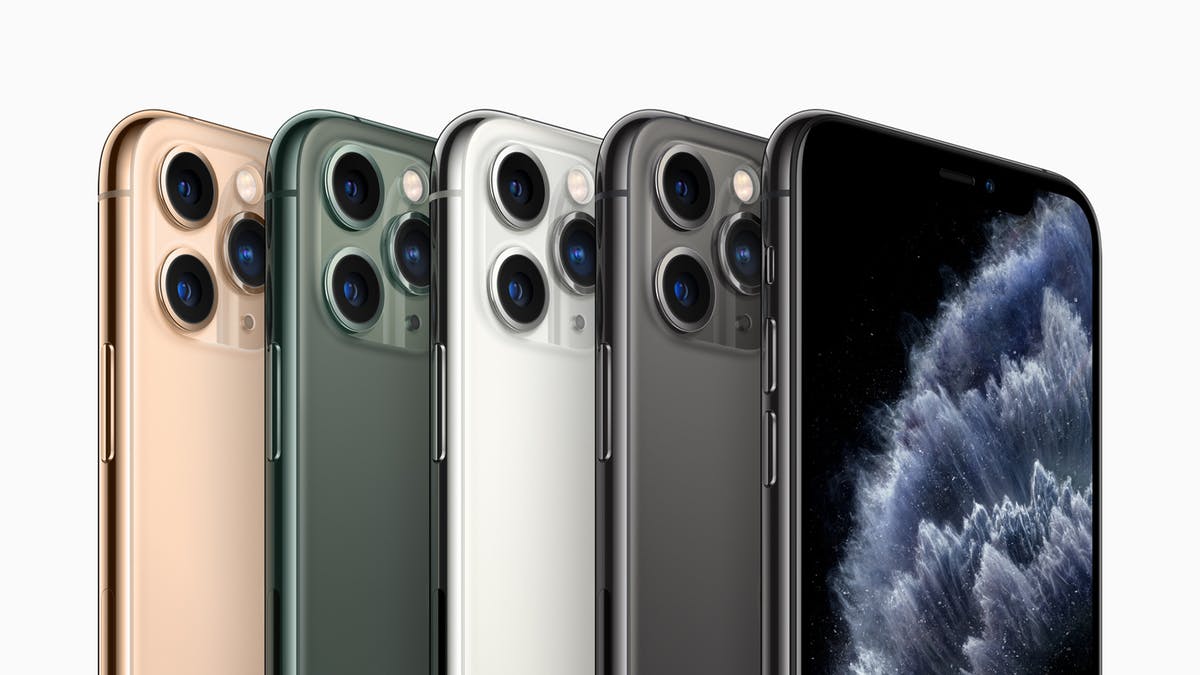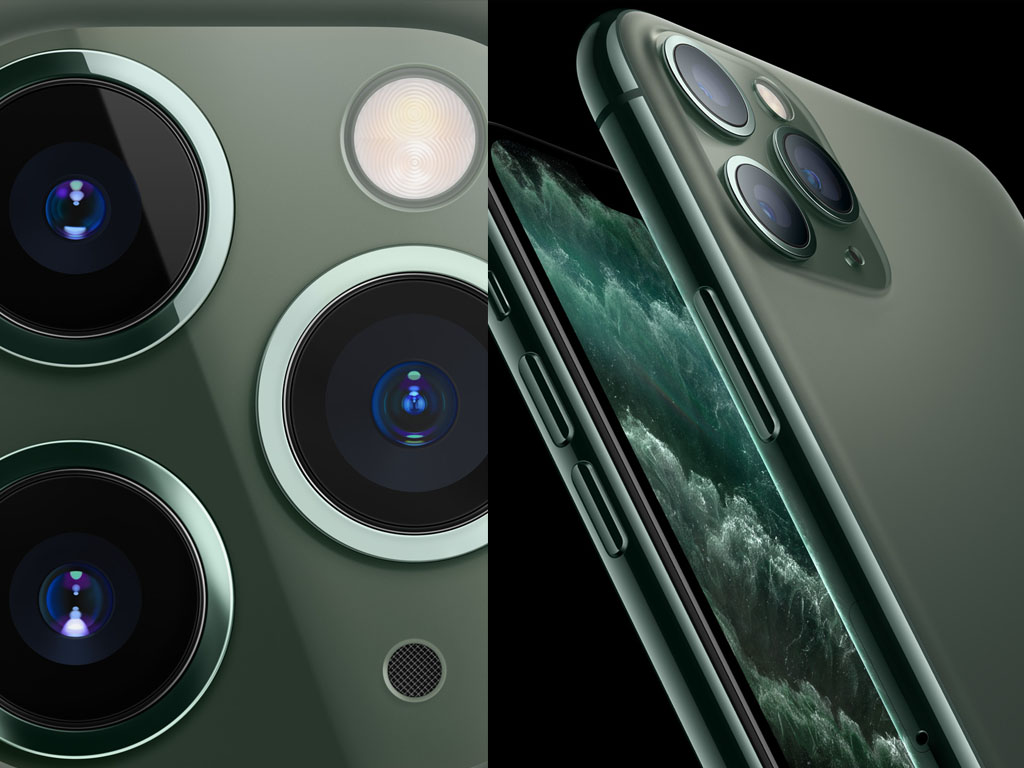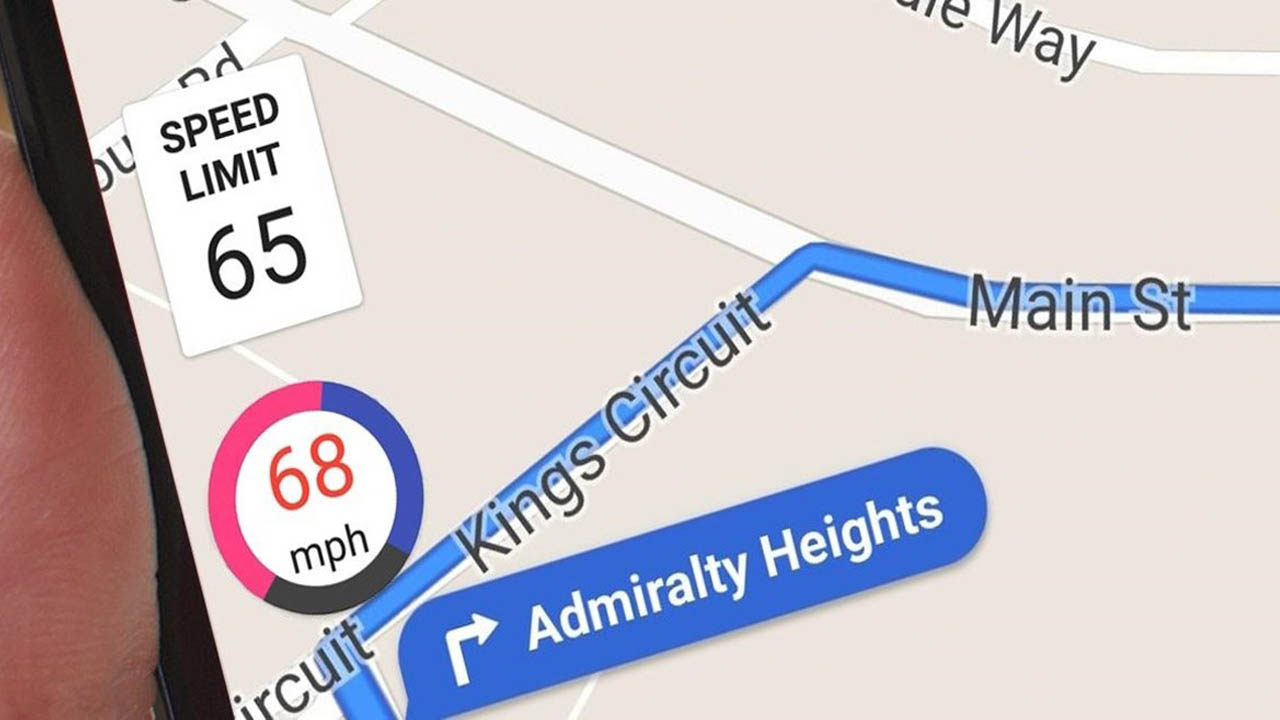iPhone 11,11 Pro and iPhone 11 Pro Max Prices and Features and Release Date
The iPhone 11,11 Pro and iPhone 11 Pro Max are now available! This new generation is distinguished above all by the installation of a triple Camera.
Apple has just launched three new smartphones called iPhone 11, iPhone 11 Pro, and iPhone 11 Pro Max. Three smart phones that are on their way to becoming the new kings of photography by challenging the Huawei Mate 30 and Huawei P30 and Samsung’s latest Note 10.

As usual, Apple is opening pre-orders for the three new iPhones today. and will be available as of September 20, 2019.
This is the first time Apple has launched three iPhones at the same time.
Prices for new iPhones are listed below.
iPhone 11
- 64 Go : 902 Dollar
- 128 Go : 958 Dollar
- 256 Go : 1092 Dollar
iPhone 11 Pro 64 Go
- iPhone 11 Pro: 1293 Dollar
- iPhone 11 Pro Max: 1404 Dollar
iPhone 11 Pro 256 Go
- iPhone 11 Pro: 1482 Dollar
- iPhone 11 Pro Max: 1594 Dollar
iPhone 11 Pro 512 Go
- iPhone 11 Pro: 1739 Dollar
- iPhone 11 Pro Max: 1850 Dollar
Layout and design
The new iPhone 11 will be offered in 5 colors, including a new purple color with white, black, yellow and red, just like the iPhone Xr.
The old blue and coral colors are no longer available. The iPhone 11 Pro and 11 Pro Max are available in four colors: green, grey, silver and gold, with new matte textured finishes.
The most significant changes have been made to the rear. The photo sensors are located in a new square block positioned in the upper left corner. The Apple logo is perfectly positioned in the center whereas it was previously placed a little higher.
The body is made of stainless steel and fits between the screen and the back of the glass. Finally, at the front, the design remains the same as that of the iPhone XS and XS Max.
 Photography
Photography
On the photo side, Apple has made significant progress again. If the iPhone 11 is equipped with a “classic” dual sensor at the rear of 12 MP, the main innovation comes mainly from the iPhone 11 Pro and iPhone Pro Max. Both models feature a triple sensor at the rear, something Apple has never seen before. There is a first module of 12MP (aperture f/1.8) with optical stabilization.
There is also a 12-megapixel ultra-wide angle sensor that provides a 120-degree (f/2.0 f-stop) field of view. Finally, the last sensor telephoto module of 12MP (aperture f/2.4). Apple claims that this sensor captures 40% more light. The front part of the camera is equipped with a 12 MP selfie sensor that can record in slow motion and 4K.
One of the other photo innovations is night operation. Apple has indeed introduced such a feature in its phones, just like Android Smartphones.
Whether it can replace the Google Pixel 3 or the Huawei P30 Pro will remain to be seen.
Screen Display
The iPhone 11 Pro and 11 Pro Max are featuring a new OLED “Super Retina XDR” display with a contrast ratio of 2,000,000,000:1 and a brightness of up to 1,200 nits.
The screen is 15% more energy efficient than before. Pixel density is 458 pixels per inch and the display remains HDR and Dolby Vision compatible. In fact, this is a big step forward for the screen of the new iPhones in comparison with the iPhone XS and XS Max.
The iPhone 11, however, must be satisfied with a Liquid Retina LCD screen taken from the iPhone XR.
A13 Bionic
Apple has introduced a new chip A13 Bionic, which according to Apple is the first chip to introduce the A12 generation and the Snapdragon 855 of the Galaxy S10+. It should be noted, though, that Apple didn’t dare compare its SoC with the Snapdragon 855+.
The SoC is engraved in 7nm and now has 8.5 billion transistors – compared to 6.9 billion on the A12 Bionic.
It still has two high-performance cores and four high-performance cores. And it is oriented towards artificial intelligence. It can perform more than 1000 billion operations per second.
The CPU, the graphics processor and the neural machine are all mobilized when it comes to building the learning machine. Overall, this SoC consumes between 30% and 40% less battery power and offers 20% more performance. The GPU is also optimized for Metal, with 20% more power and 40% less battery consumption.
Eventually, the neural machine is 20% faster and consumes 15% less energy.






















